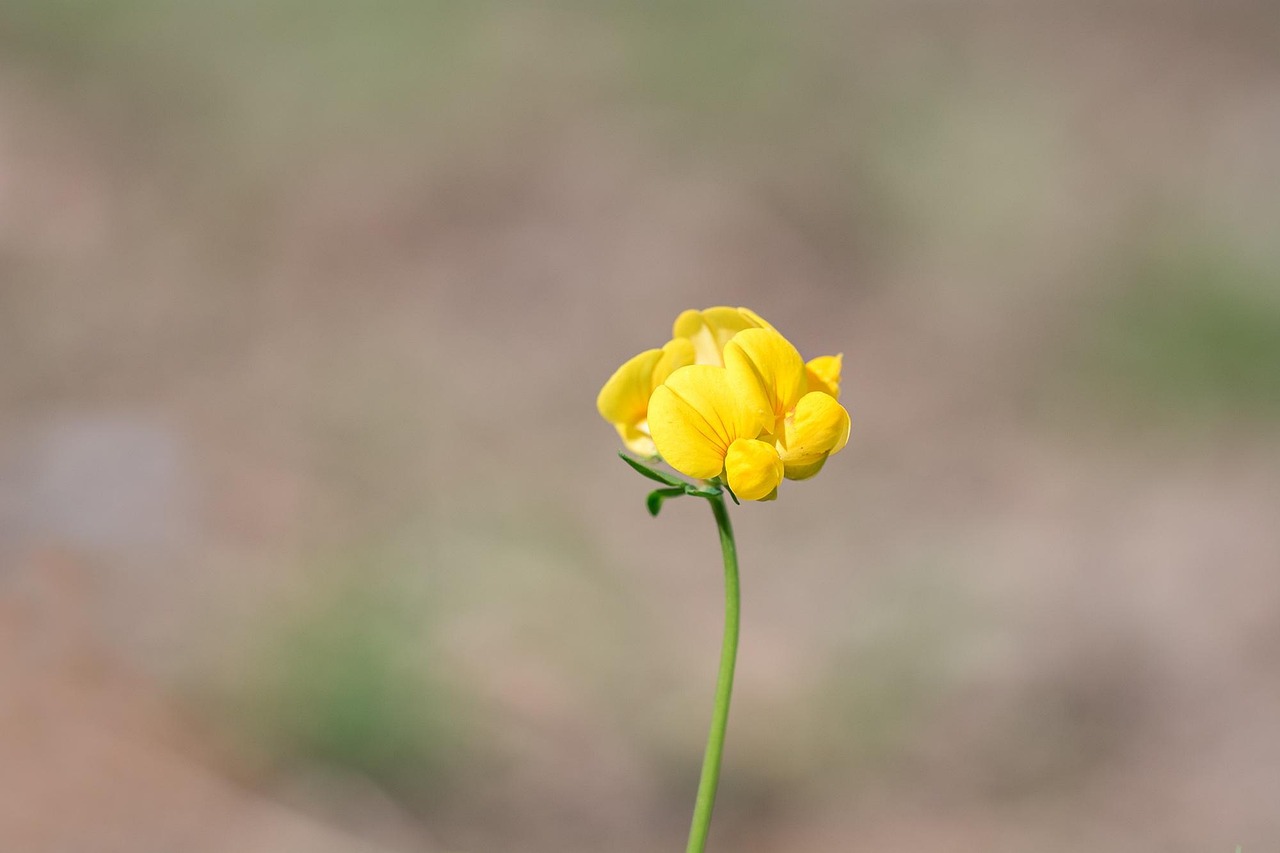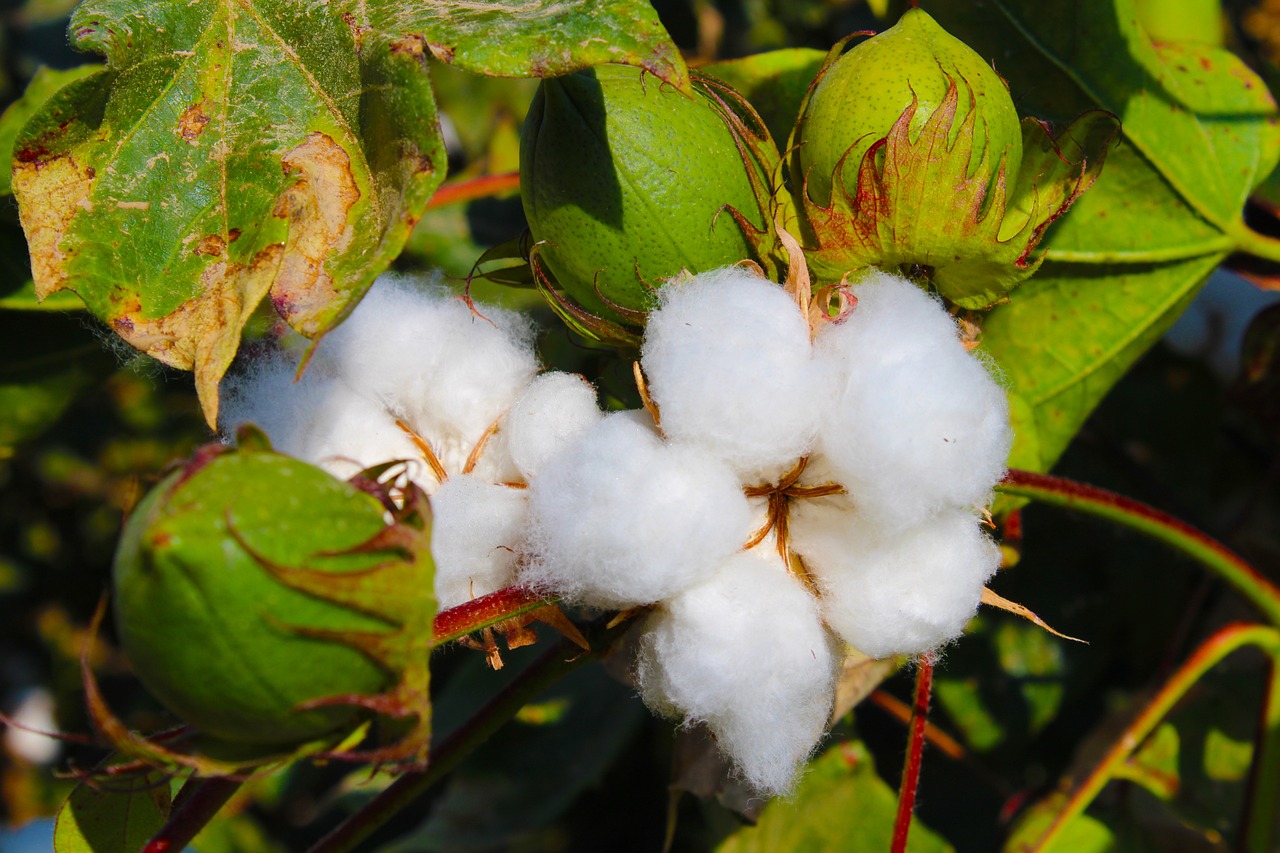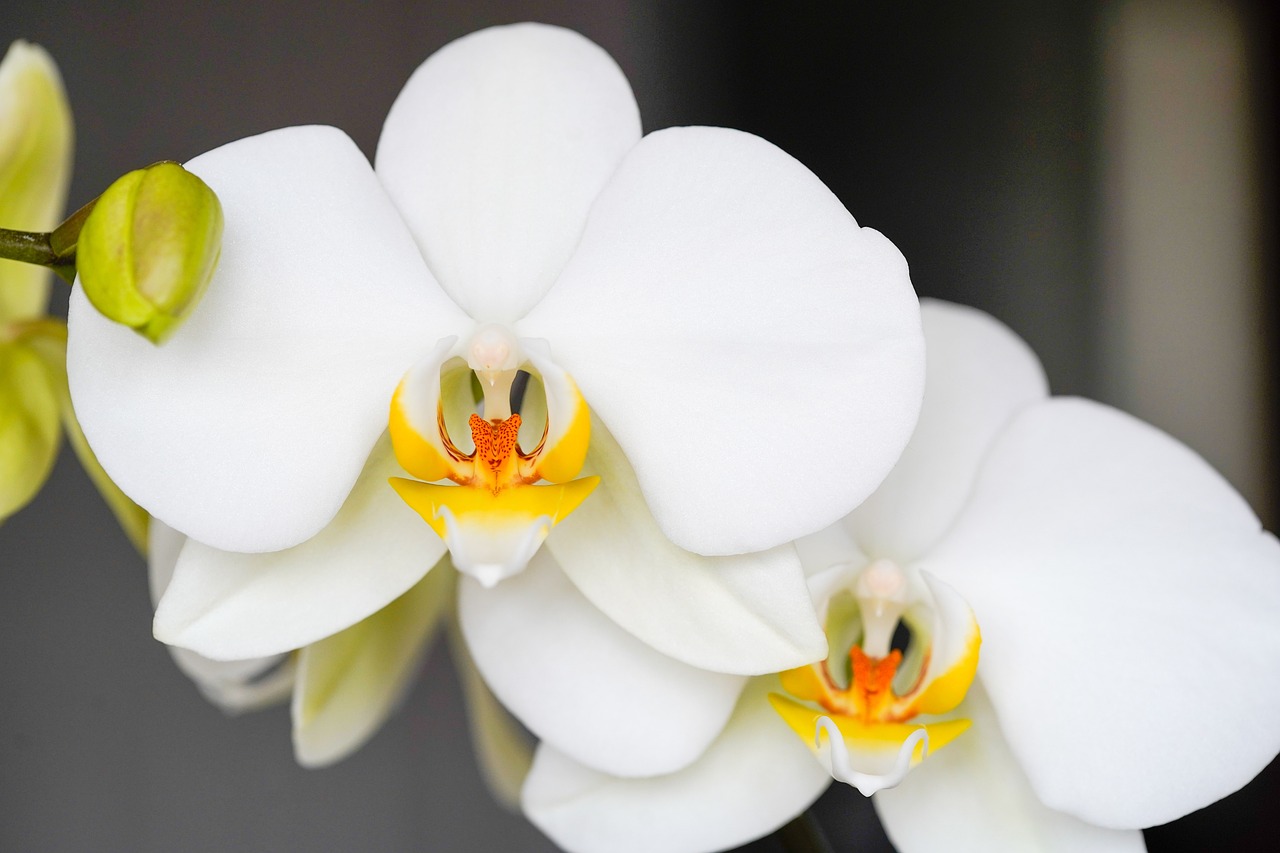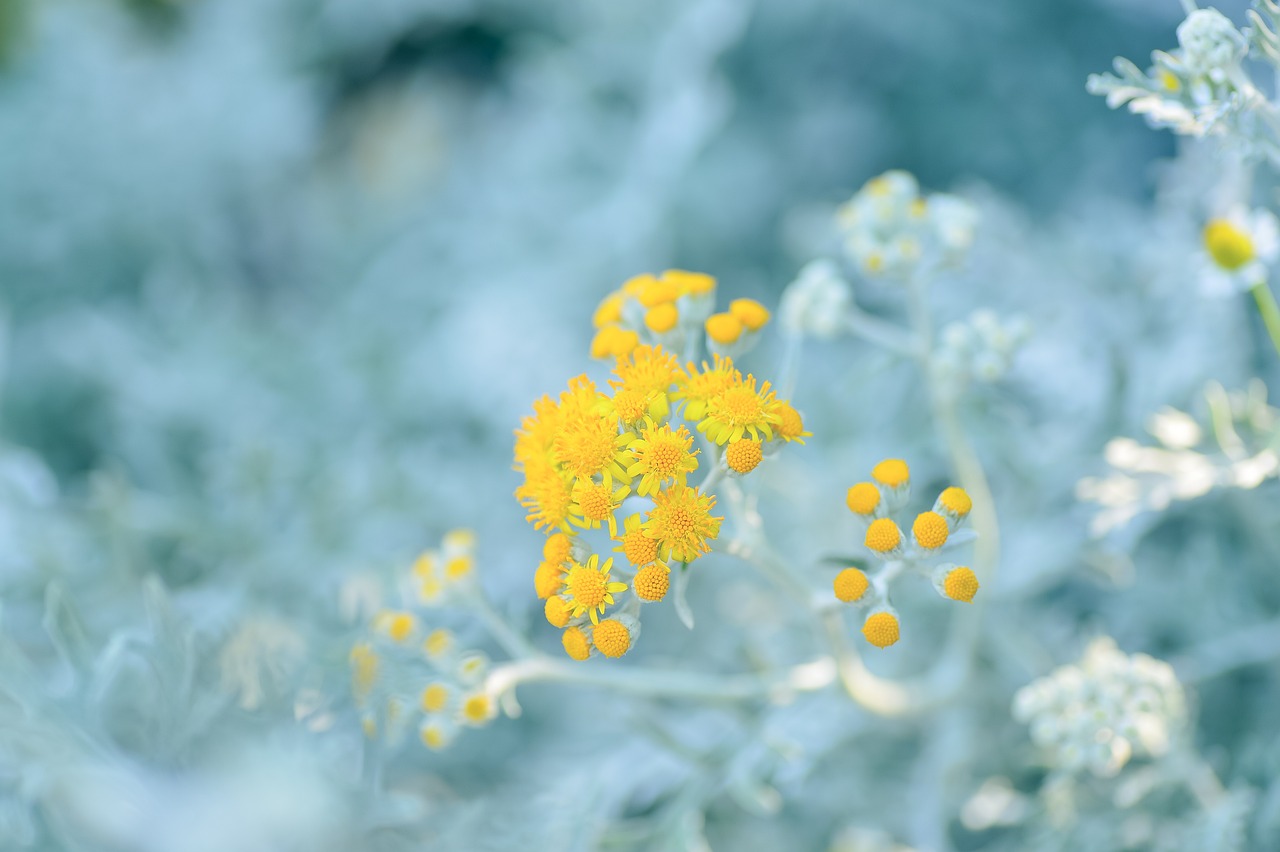Armeria | A Classic European Garden Flower that Brightens Coastal Landscapes
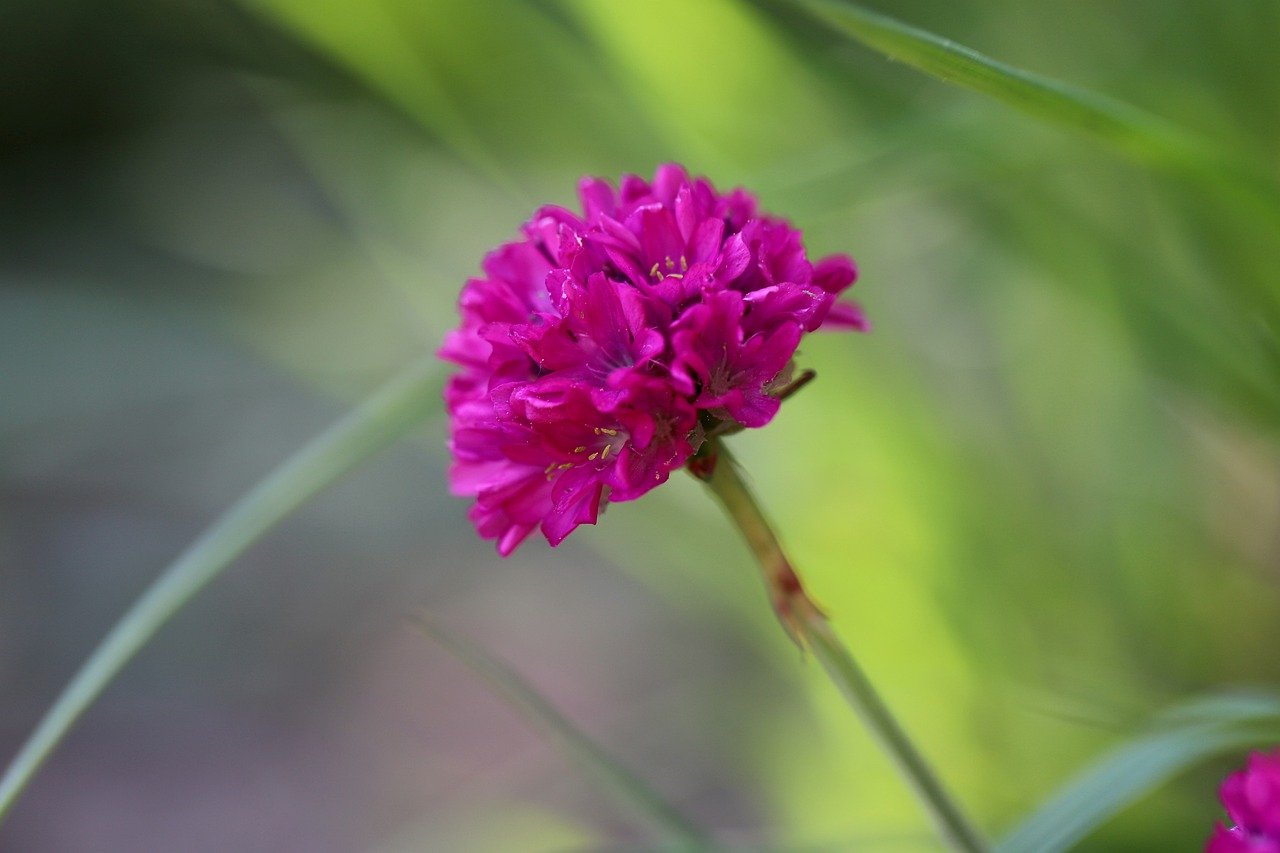
Armeria is a perennial plant that produces charming, round flower clusters at the tips of its stems. It is a hardy species, well adapted to the harsh conditions of coastal areas.
The dense blossoms in shades of pink or white are particularly delightful, making the plant popular for rock gardens and as a border in home landscapes.
In this article, I will provide detailed information on the basic characteristics, cultural and historical background, and cultivation methods of Armeria.
Basic Information
- Scientific name: Armeria maritima
- Family: Plumbaginaceae
- Origin: Coastal regions of Europe, North America, and Asia
- Appearance: Narrow leaves grow densely, forming clusters at the base, while slender flower stalks bear rounded inflorescences. The flowers range in color from pink and white to red, swaying beautifully in the wind.
- Blooming season: From spring to early summer, with proper care the flowers can be enjoyed for an extended period.
Cultural Significance Around the World
Because Armeria naturally grows along coastlines, it is also known as “Sea Thrift,” symbolizing resilience against sea winds.
In Europe, its ability to bloom beautifully in harsh environments has long made it a symbol of perseverance and hope, and it has been widely planted in gardens and parks.
In the United Kingdom, it is especially valued for enhancing coastal landscapes and can be seen in gardens managed by the National Trust.
In France and Germany, Armeria is also cherished as an ornamental plant, frequently incorporated into rock gardens and wildflower landscapes where it blends seamlessly with nature.
In North America, it is sometimes used as an alternative to turf, appreciated for its adaptability to dry conditions.
Historical Background
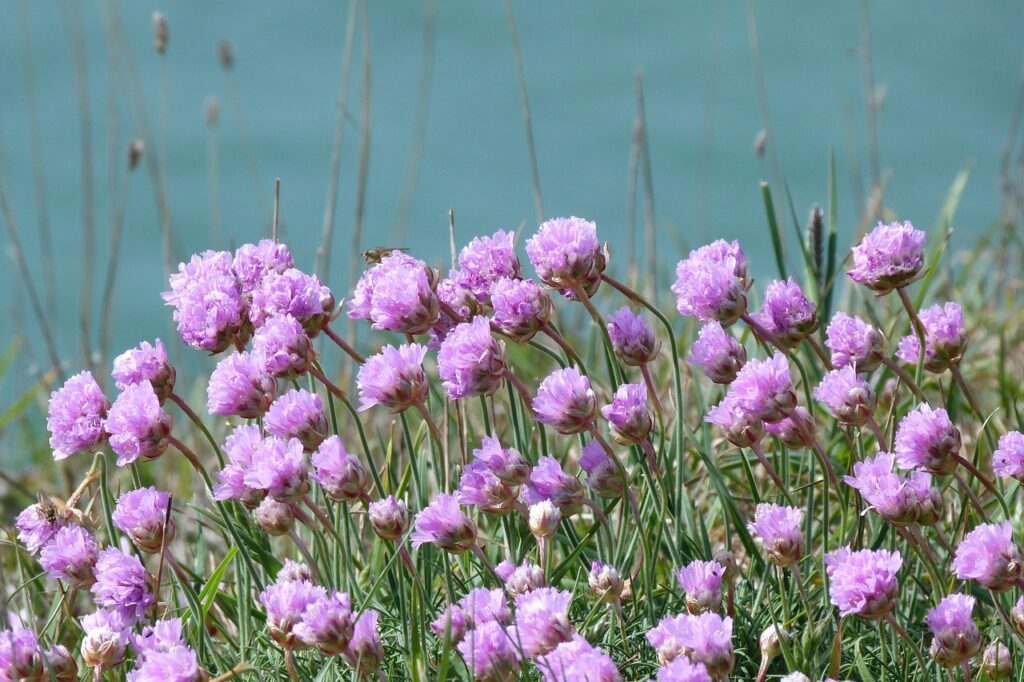
Armeria has long thrived in the coastal regions of Europe, admired for its resilience against harsh seaside climates.
During the 19th century, it was introduced into British and French horticulture, where selective breeding led to improved cultivars.
In Victorian Britain, as garden culture flourished, Armeria became a key plant in rock gardens due to its strong tolerance to cold and drought.
At one point, its form was even featured on British coins, making its beauty and strength widely recognized.
To this day, it remains cultivated worldwide as a symbol of gardens that harmonize with nature.
Gardening Advice
Armeria is hardy and easy to grow, rewarding proper care with long-lasting beauty.
Sunlight
Prefers full sun. It can tolerate partial shade, but flowering will be reduced.
Watering
Very drought-tolerant. Avoid overwatering; allow the soil to dry before watering again.
Soil
Requires well-drained soil. Sandy soil or specialized rock-garden compost is ideal.
Fertilizer
Minimal fertilization is sufficient. A small amount of slow-release fertilizer in early spring will support growth.
Cold tolerance
Very hardy; no special winter protection is needed, though mulching is recommended in areas with severe frost.
Pruning
Regularly remove spent flowers to encourage prolonged blooming. Rejuvenate old clumps by dividing the plant.
Conclusion
Armeria is a resilient perennial well adapted to coastal environments and has been cherished, particularly in Europe, for centuries.
It remains a classic plant in British rock gardens and is widely used in natural-style gardens in France and Germany.
With excellent cold and drought tolerance, Armeria will reward any gardener with its graceful blossoms if provided with sunny, well-drained conditions.


